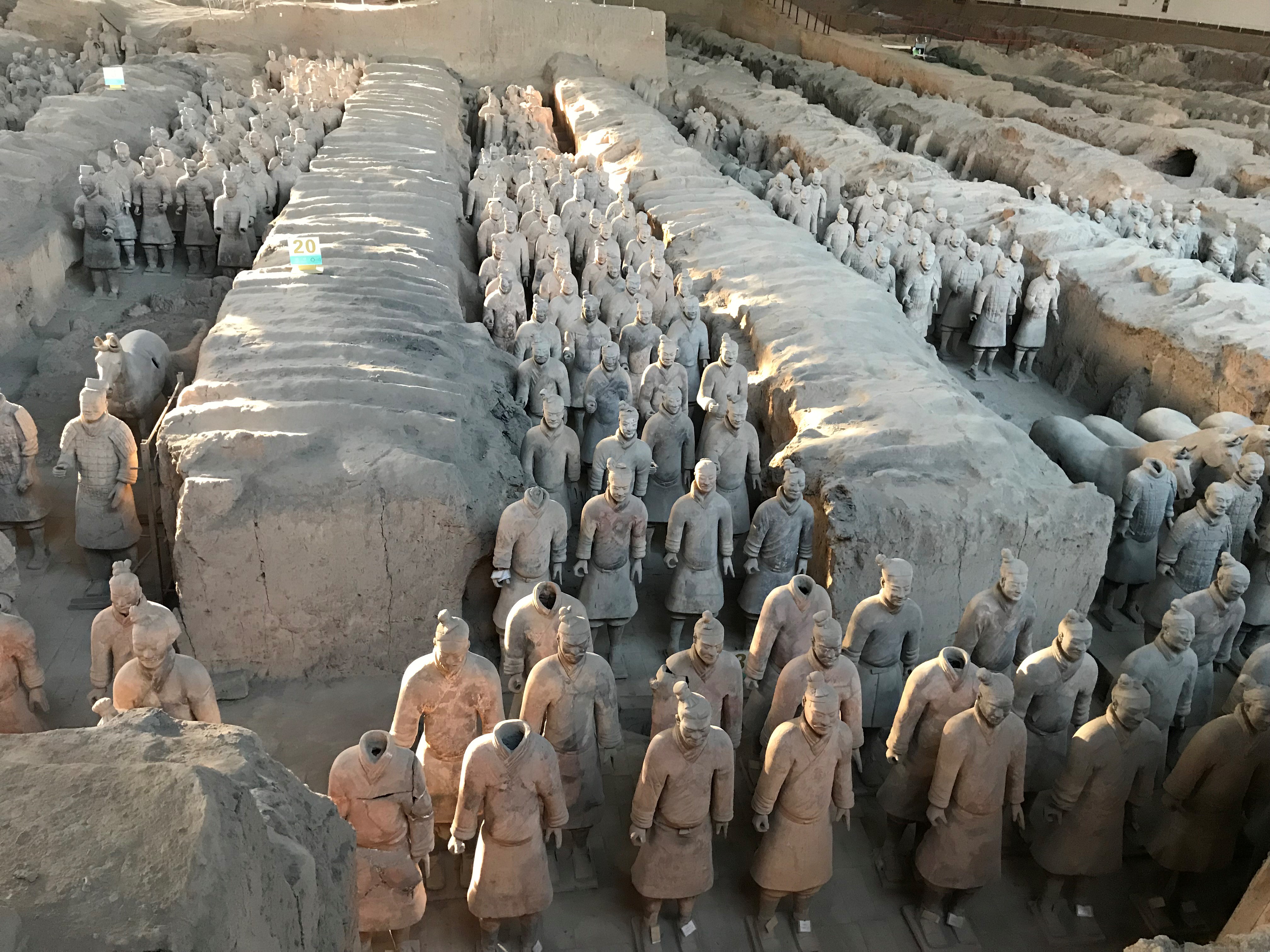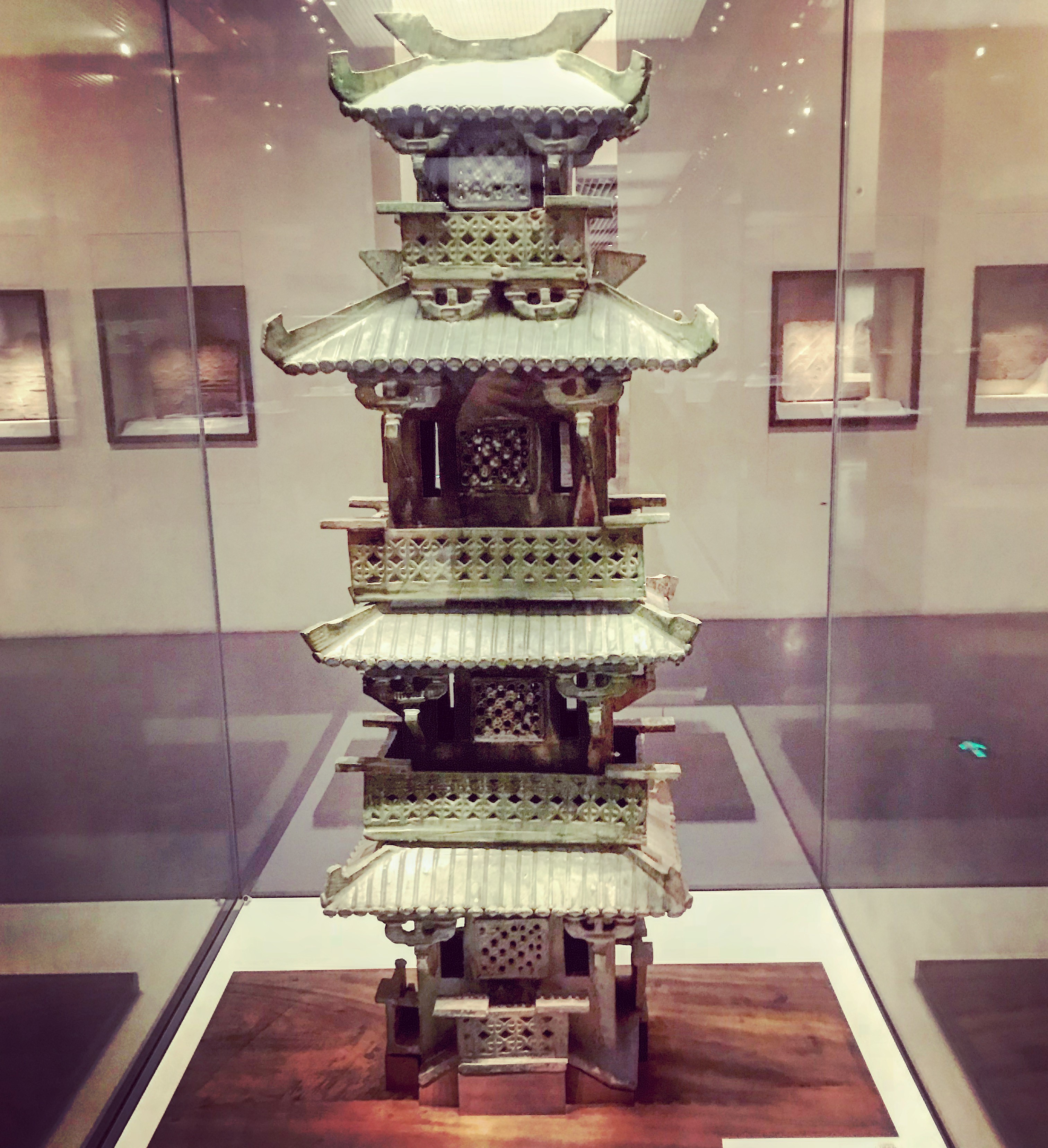- Art Home
- Exhibitions
-
Explore the Collection
- Explore the Collection Home
- African Art
- American Paintings, Sculpture and Drawings
- Contemporary
- Decorative Arts and Design
- East Asian Art
- European Paintings, Sculpture and Drawings
- Fashion Arts and Textiles
- Musical Instruments
- Indigenous American Art
- Photography
- Prints
- South Asian Art, Islamic Art and Antiquities
- Provenance and Cultural Property
- Conservation
- Meet the Curators
- Digital Resources
- Art Bridges Cohort Program
- Events & Programs Home
- Calendar
- Accessibility
- Adults
-
Families & Teens
- Families & Teens Home
- 10x10 Teen Art Expo
- Art on the Rise
- Art Together: Art Making for Families with Children Ages 3–5
- Boy Scouts / Girl Scouts
- CAM Kids Day
- Family Storytime and Gallery Walk
- Family Studio: Art Making for Families with Children Ages 6–12
- Games in the Galleries
- Members-Only Baby Tours
- Public Baby Tours
- REC Reads
- Rosenthal Education Center (REC)
- See Play Learn Kits
- Summer Camp
- Teachers
- Community Outreach
- Fundraisers
- Plan Your Own Event

- Art Home
- Exhibitions
-
Explore the Collection
- Explore the Collection Home
- African Art
- American Paintings, Sculpture and Drawings
- Contemporary
- Decorative Arts and Design
- East Asian Art
- European Paintings, Sculpture and Drawings
- Fashion Arts and Textiles
- Musical Instruments
- Indigenous American Art
- Photography
- Prints
- South Asian Art, Islamic Art and Antiquities
- Provenance and Cultural Property
- Conservation
- Meet the Curators
- Digital Resources
- Art Bridges Cohort Program
- Events & Programs Home
- Calendar
- Accessibility
- Adults
-
Families & Teens
- Families & Teens Home
- 10x10 Teen Art Expo
- Art on the Rise
- Art Together: Art Making for Families with Children Ages 3–5
- Boy Scouts / Girl Scouts
- CAM Kids Day
- Family Storytime and Gallery Walk
- Family Studio: Art Making for Families with Children Ages 6–12
- Games in the Galleries
- Members-Only Baby Tours
- Public Baby Tours
- REC Reads
- Rosenthal Education Center (REC)
- See Play Learn Kits
- Summer Camp
- Teachers
- Community Outreach
- Fundraisers
- Plan Your Own Event
Blog: CAM Uncovered
Blog: CAM Uncovered
- Home
- Plan Your Visit
-
Art
- Art Home
- Exhibitions
-
Explore the Collection
- Explore the Collection Home
- African Art
- American Paintings, Sculpture and Drawings
- Contemporary
- Decorative Arts and Design
- East Asian Art
- European Paintings, Sculpture and Drawings
- Fashion Arts and Textiles
- Musical Instruments
- Indigenous American Art
- Photography
- Prints
- South Asian Art, Islamic Art and Antiquities
- Provenance and Cultural Property
- Conservation
- Meet the Curators
- Digital Resources
- Art Bridges Cohort Program
-
Events & Programs
- Events & Programs Home
- Calendar
- Accessibility
- Adults
-
Families & Teens
- Families & Teens Home
- 10x10 Teen Art Expo
- Art on the Rise
- Art Together: Art Making for Families with Children Ages 3–5
- Boy Scouts / Girl Scouts
- CAM Kids Day
- Family Storytime and Gallery Walk
- Family Studio: Art Making for Families with Children Ages 6–12
- Games in the Galleries
- Members-Only Baby Tours
- Public Baby Tours
- REC Reads
- Rosenthal Education Center (REC)
- See Play Learn Kits
- Summer Camp
- Teachers
- Community Outreach
- Fundraisers
- Plan Your Own Event
- Give & Join
- About
- Tickets
- Calendar
- Exhibitions
- Blog
- Shop
Around the world in seven days: A CAM adventure
by Jill E. Dunne
3/29/2018
terracotta army , china , behind the scenes , qin dynasty , asian art , Terracotta Army: Legacy of the First Emperor of China
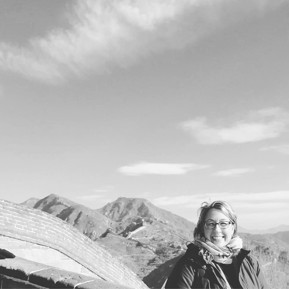 “Knowledge comes from learning. Wisdom comes from living.”―Anthony Douglas Williams
“Knowledge comes from learning. Wisdom comes from living.”―Anthony Douglas Williams
Flinching from the cold wind and sweating from exertion, I climbed up hundreds of steep, weathered rock steps. It was 20 degrees, but perfectly clear and sunny.
I reached a tower that allowed me to look out of open-air windows to see the mountains of China and the 2,300-year-old structure that I was traversing.
But the Great Wall of China was just one of the unforgettable experiences during the Cincinnati Art Museum’s media trip to China.
In January, I traveled more than 7,000 miles from Cincinnati to Xi’an and Beijing, China, in preparation for Terracotta Army: Legacy of the First Emperor of China, an exhibition that brings a portion of the greatest archaeological discovery of the 20th century to the museum.
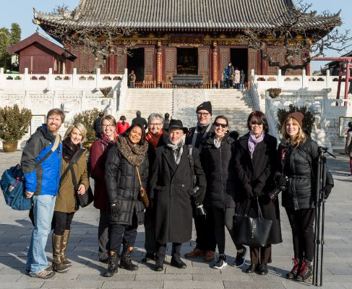 The hearty travel group included Cincinnati Art Museum’s Louis and Louise Dieterle Nippert Director Cameron Kitchin and Asian Arts Curator Dr. Hou-mei Sung, and a team from the Virginia Museum of Fine Arts (VMFA), the organizing partner museum for the exhibition.
The hearty travel group included Cincinnati Art Museum’s Louis and Louise Dieterle Nippert Director Cameron Kitchin and Asian Arts Curator Dr. Hou-mei Sung, and a team from the Virginia Museum of Fine Arts (VMFA), the organizing partner museum for the exhibition.
My responsibilities, along with Jan Hatchette, Deputy Director of Communications, VMFA, included working with a squad of invited reporters to experience China’s culture and rich history so they could capture stories related to this momentous exhibition.
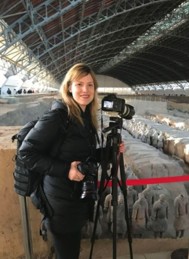 I worked closely with WCPO.com Digital Reporter Emily Maxwell and Forbes Freelance Travel Writer John Oseid. Together, we fought off jetlag and took on a rigorous schedule. I couldn’t have asked for better companions on this trip of a lifetime.
I worked closely with WCPO.com Digital Reporter Emily Maxwell and Forbes Freelance Travel Writer John Oseid. Together, we fought off jetlag and took on a rigorous schedule. I couldn’t have asked for better companions on this trip of a lifetime.
John, a long-time travel journalist who had previously stayed in Xi’an and Manchuria, taught me how to effectively grip chopsticks and correctly pronounce “xièxiè” (Chinese for thank you – sounds like: “shayshay”). He has since written several articles that beautifully capture the importance of the city we visited and the upcoming exhibition.
In addition to the strength of her award-winning digital reporting skills, Emily had traveled to Indonesia on a previous media trip with the Cincinnati Zoo as well as other international trips personally and professionally. She helped me remain calm when our Detroit-to-Beijing flight was delayed and required us to travel from Cincinnati-to-Paris-to-Amsterdam-to-Beijing. She is working on several stories that will air on WCPO-TV and on WCPO.com when the exhibition makes its Cincinnati debut in late April.
A bright side to our re-routed flights is that after traveling home from Beijing via Seattle-to-Minneapolis-to-Cincinnati, I can officially say that I’ve circumnavigated the globe!
 One of the trip’s most significant highlights was seeing the Museum and Mausoleum of the Terracotta Army of the First Emperor of Qin. Located at the foot of Lishan Mountain, 35 kilometers northeast of Xi’an, Shaanxi Province, is the official home of the 8,000 terracotta warriors. The excavation sites, called pits, were breathtaking in scope. Seeing the warriors in various phases of conservation helped me understand how precious this discovery was. In addition to the massive lineup of terracotta warriors, I saw horses, chariots, artworks and weapons from 246 to 208 BCE.
One of the trip’s most significant highlights was seeing the Museum and Mausoleum of the Terracotta Army of the First Emperor of Qin. Located at the foot of Lishan Mountain, 35 kilometers northeast of Xi’an, Shaanxi Province, is the official home of the 8,000 terracotta warriors. The excavation sites, called pits, were breathtaking in scope. Seeing the warriors in various phases of conservation helped me understand how precious this discovery was. In addition to the massive lineup of terracotta warriors, I saw horses, chariots, artworks and weapons from 246 to 208 BCE.
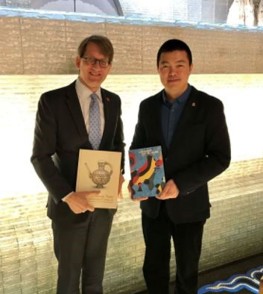 We visited various museums and historical sites, including the Palace Museum/Forbidden City in Beijing. We were treated to many delicious meals and had a number of interactions with diplomatic officials. While exchanging gifts with these officials they described their excitement about future collaborations that would allow more Chinese historical relics to be shared with American audiences.
We visited various museums and historical sites, including the Palace Museum/Forbidden City in Beijing. We were treated to many delicious meals and had a number of interactions with diplomatic officials. While exchanging gifts with these officials they described their excitement about future collaborations that would allow more Chinese historical relics to be shared with American audiences.
We had less than seven days in China but the experiences I had will last a lifetime.
Group photo: Travis Fullerton © Virginia Museum of Fine Arts
Fun Facts:
- Did you know? That the First Emperor of Qin’s tomb at the Museum of the Terracotta Army has not been uncovered. A tour guide in China posited two reasons: first, because of superstitions and the bad luck associated with disturbing a final resting place. Second, because of concerns that technology is not yet advanced enough to fully preserve what would be uncovered.
- Did you know? The Great Wall of China is more than 13,000 miles long. Most of the wall was built under the reign of Qin Shi Huang, the first Emperor of China. He also led the creation of the terracotta warriors.
- Did you know? That the terracotta warriors were originally painted with bright colors. Due to exposure to air and pollution, the color on the warriors typically disappears within 24 hours after they are uncovered.
Cincinnati, OH 45202
Toll Free: 1 (877) 472-4226
Museum Hours
Museum Shop
Terrace Café
Library
The Cincinnati Art Museum is supported by the generosity of tens of thousands of contributors to the ArtsWave Community Campaign, the region's primary source for arts funding.

Free general admission to the Cincinnati Art Museum is made possible by a gift from the Rosenthal Family Foundation. Exhibition pricing may vary. Parking at the Cincinnati Art Museum is free.
Generous support for our extended Thursday hours is provided by Art Bridges Foundation’s Access for All program.

General operating support provided by:



